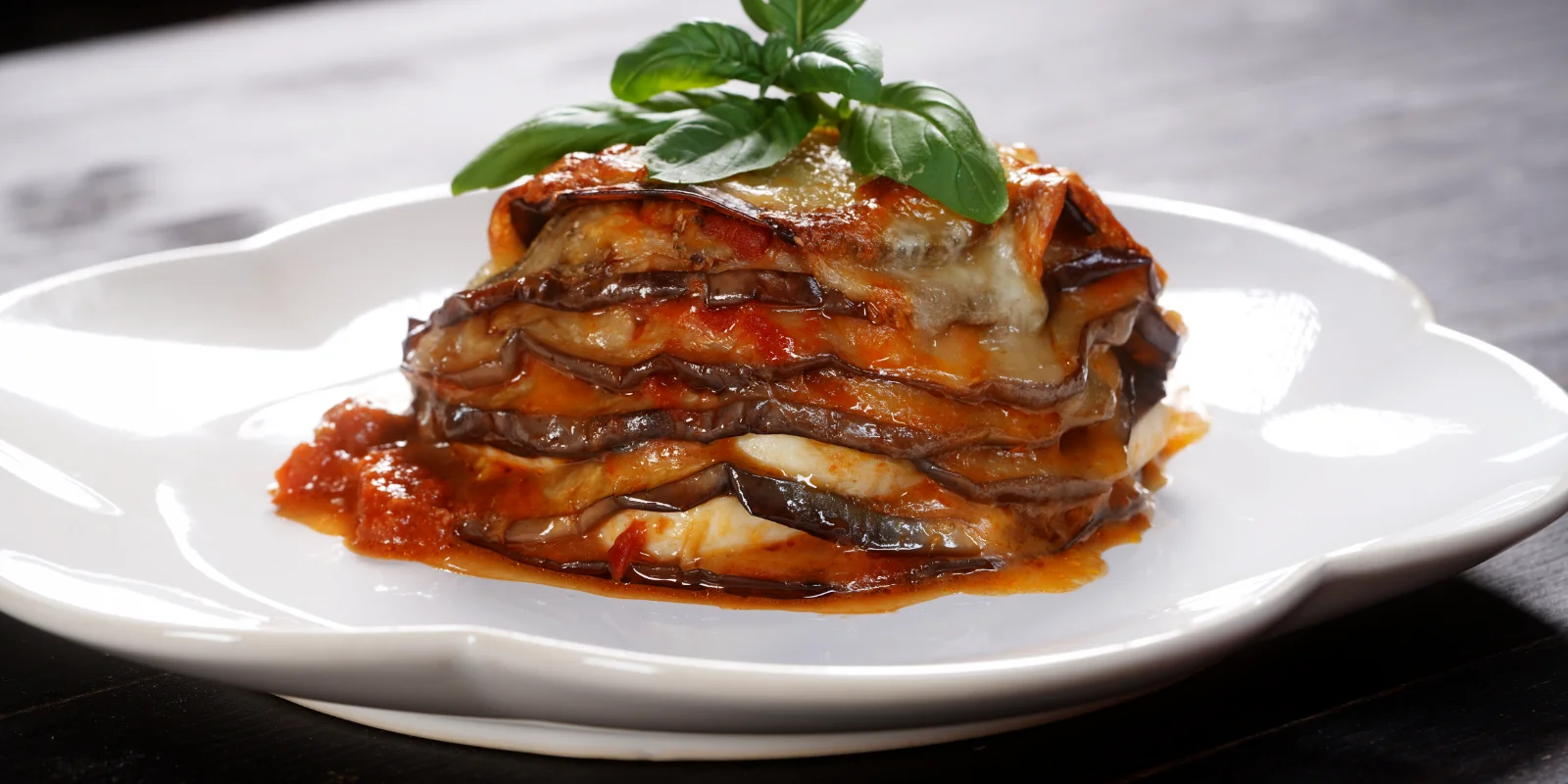
Authentic Italian Eggplant Parmigiana Recipe from Sicily
Eggplant Parmigiana (or simply “Parm” outside of Italy) is one of the most iconic dishes in Italy. But did you know ...
Parmigiano Reggiano — it’s a name that conveys authenticity and tradition in the world of Italian cheeses. However, many are surprised to discover that what they’ve been calling “parmesan” bears little resemblance to Italy’s esteemed Parmigiano Reggiano. In this article, we’ll delve deep into the nuances that set Parmigiano Reggiano apart, and discover the wealth of recipes that give this unique cheese the stage it deserves.
You might have noticed that in certain countries, the term “parmesan” is used liberally. It may be grated on pastas, sprinkled over pizzas, or used as a topping for a myriad of dishes. However, what is often labeled as parmesan is not Parmigiano Reggiano, especially if it hasn’t undergone the rigorous production methods that define this Italian delicacy.
Parmigiano Reggiano is a PDO (Protected Designation of Origin) product, meaning its production is confined to certain provinces in Italy, such as Parma and Reggio Emilia. The cows must be fed with locally grown forage, and specific aging processes are mandatory. In contrast, ‘parmesan’ cheeses can be manufactured anywhere, and there are no strict regulations that dictate their production methods or aging time.
In Europe, the term “Parmigiano Reggiano” is protected by PDO (Protected Designation of Origin) regulations, which means that only cheese produced in certain regions of Italy (Parma, Reggio Emilia, Modena, Bologna to the west of the Reno, and Mantua to the east of the Po) and under specific conditions can be labeled as “Parmigiano Reggiano.”
The term “Parmesan” is the French name for Parmigiano, and in European Union countries, it can only be used to refer to Parmigiano Reggiano when sold there.
However, in the United States and other non-EU countries, the term “Parmesan” is often used to describe a variety of hard, grating cheeses that may or may not adhere to the specific Italian methods and ingredient regulations. Therefore, the term can indeed refer to authentic Parmigiano Reggiano in European Union countries, but outside of the EU, its meaning can be far more ambiguous.
Rich in protein, vitamins, and minerals, Parmigiano Reggiano is a nutritional powerhouse. It contains essential amino acids and is an excellent source of calcium, making it not just a tasteful addition to your recipes, but also a healthy one. It’s also considered naturally lactose-free!
From risotto to pasta, the inclusion of Parmigiano Reggiano elevates the recipe. Its savory, nutty profile brings out the depth in flavors, making it a versatile ingredient for cooking as well as a superb stand-alone snack.
Aged for at least 12 months, and often much longer, Parmigiano Reggiano develops a complex, nutty, and slightly fruity flavor profile. The aging process also lends it a crystalline texture that is a hallmark of this cheese.

Eggplant Parmigiana (or simply “Parm” outside of Italy) is one of the most iconic dishes in Italy. But did you know ...
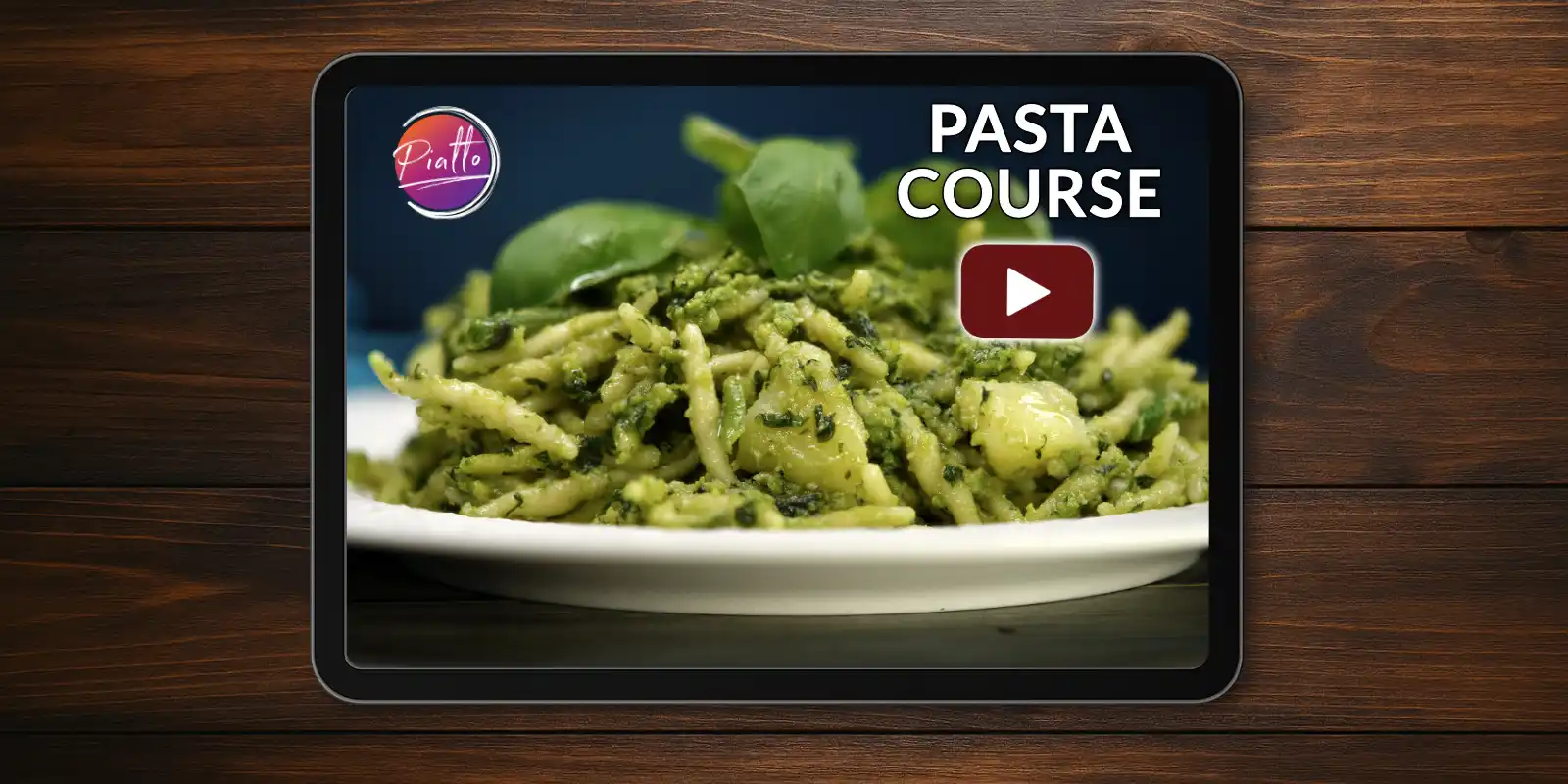
Welcome to your free online Italian Genovese Basil Pesto Pasta Course! In this class, you will master Trofie al Pesto Genovese—an ...
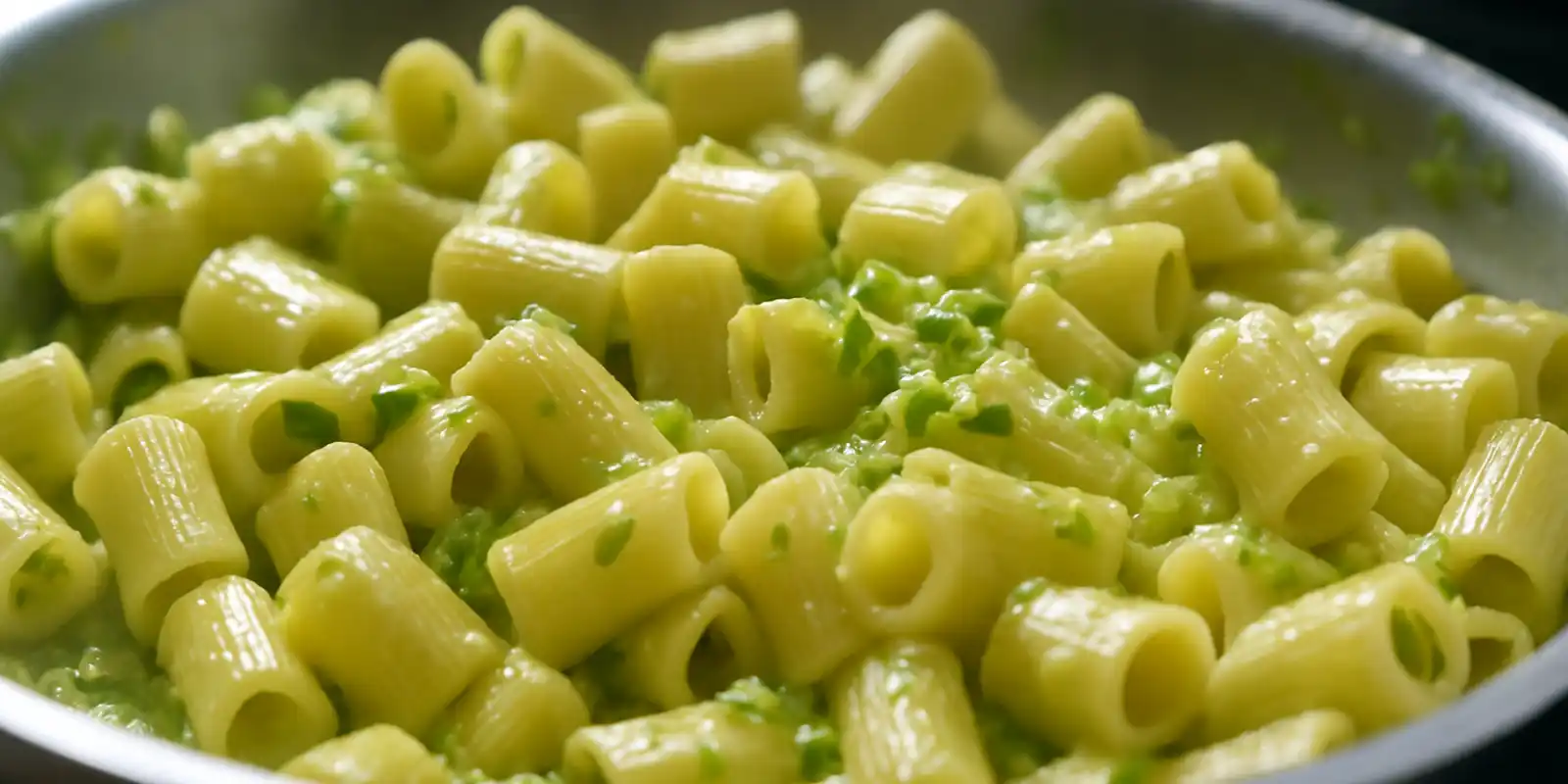
An authentic Italian summer recipe! If you’re looking for a quick and satisfying summer pasta dish, this creamy zucchini pasta is ...
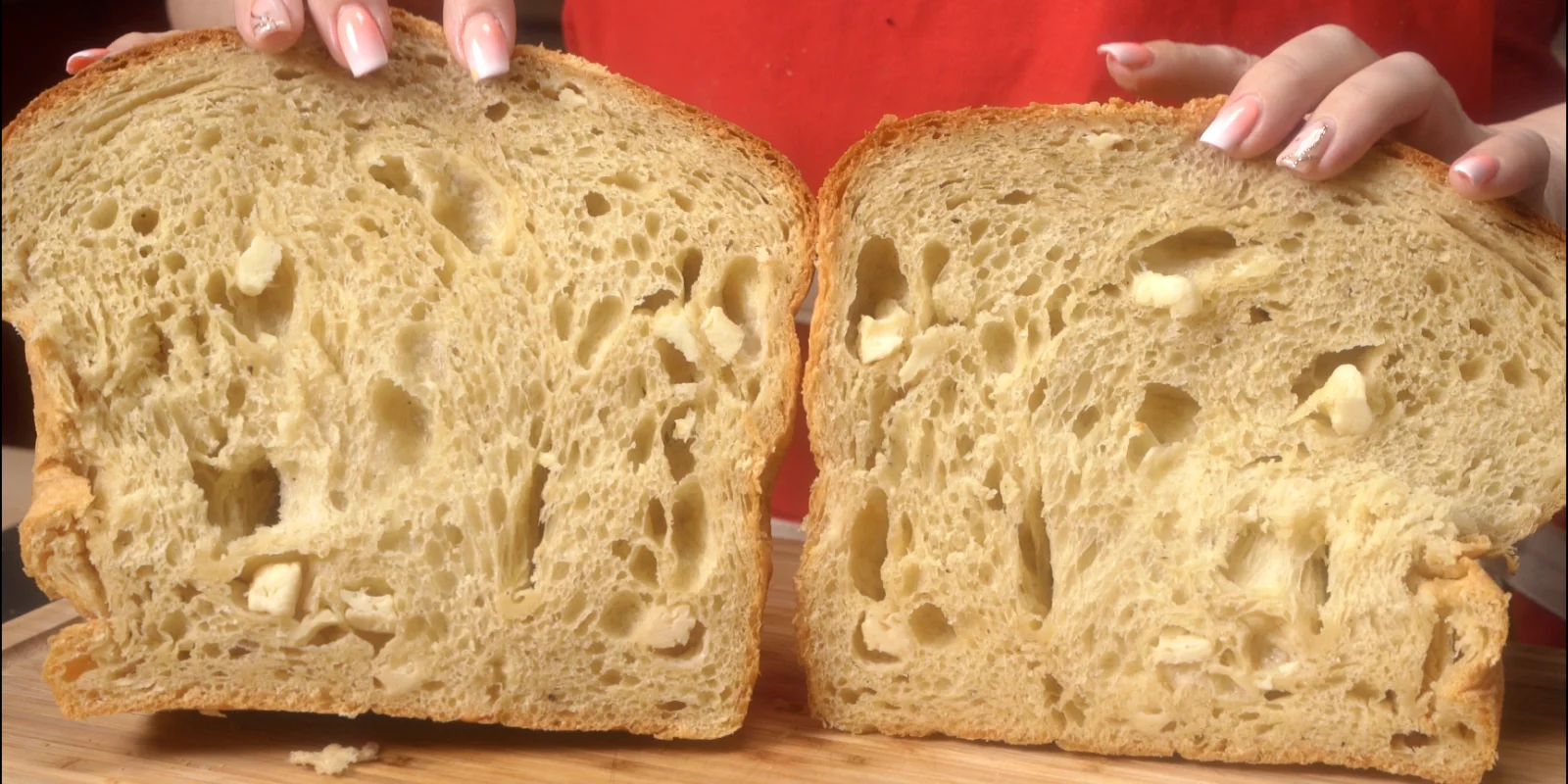
If you’ve ever visited central Italy around Easter, you may have seen a golden, towering loaf on the breakfast table—rich with ...
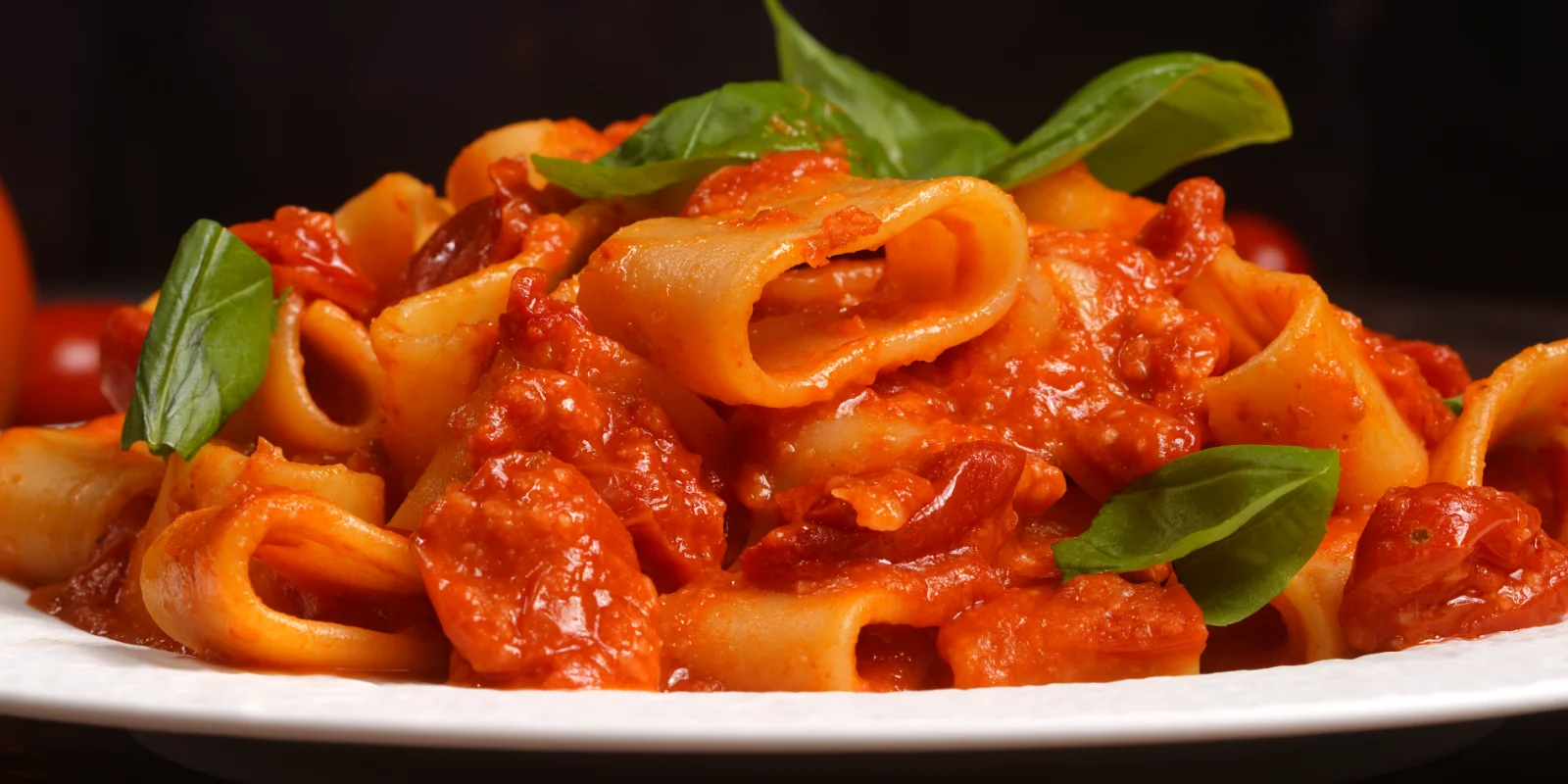
Scarpariello pasta, a classic Neapolitan dish, combines fresh tomatoes, basil, and a variety of cheeses for a simple yet delicious meal. Perfect for any occasion, this easy-to-follow recipe brings the authentic flavors of Naples right to your kitchen.
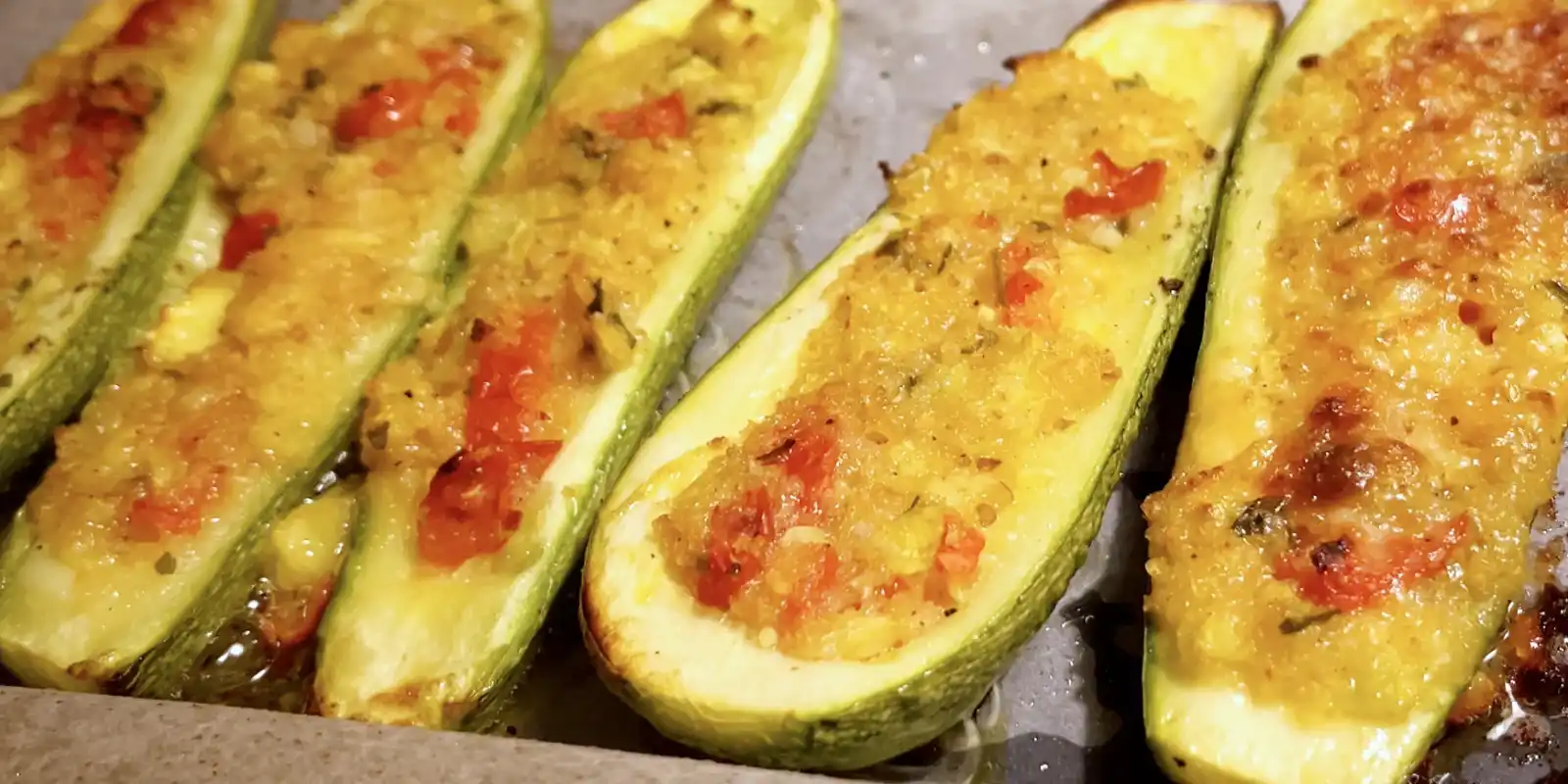
A delicious vegetarian stuffed Italian Zucchini Boats recipe that you can make in minutes! Recipe + Video